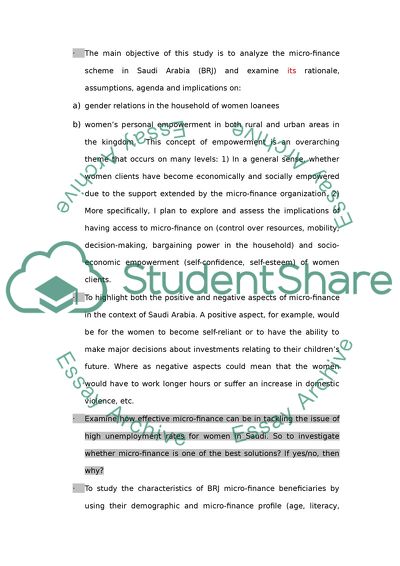Cite this document
(The Micro-Finance Scheme in Saudi Arabia Assignment, n.d.)
The Micro-Finance Scheme in Saudi Arabia Assignment. Retrieved from https://studentshare.org/finance-accounting/1576214-edit-file-4-microfinance-womens-empowerment
The Micro-Finance Scheme in Saudi Arabia Assignment. Retrieved from https://studentshare.org/finance-accounting/1576214-edit-file-4-microfinance-womens-empowerment
(The Micro-Finance Scheme in Saudi Arabia Assignment)
The Micro-Finance Scheme in Saudi Arabia Assignment. https://studentshare.org/finance-accounting/1576214-edit-file-4-microfinance-womens-empowerment.
The Micro-Finance Scheme in Saudi Arabia Assignment. https://studentshare.org/finance-accounting/1576214-edit-file-4-microfinance-womens-empowerment.
“The Micro-Finance Scheme in Saudi Arabia Assignment”. https://studentshare.org/finance-accounting/1576214-edit-file-4-microfinance-womens-empowerment.


